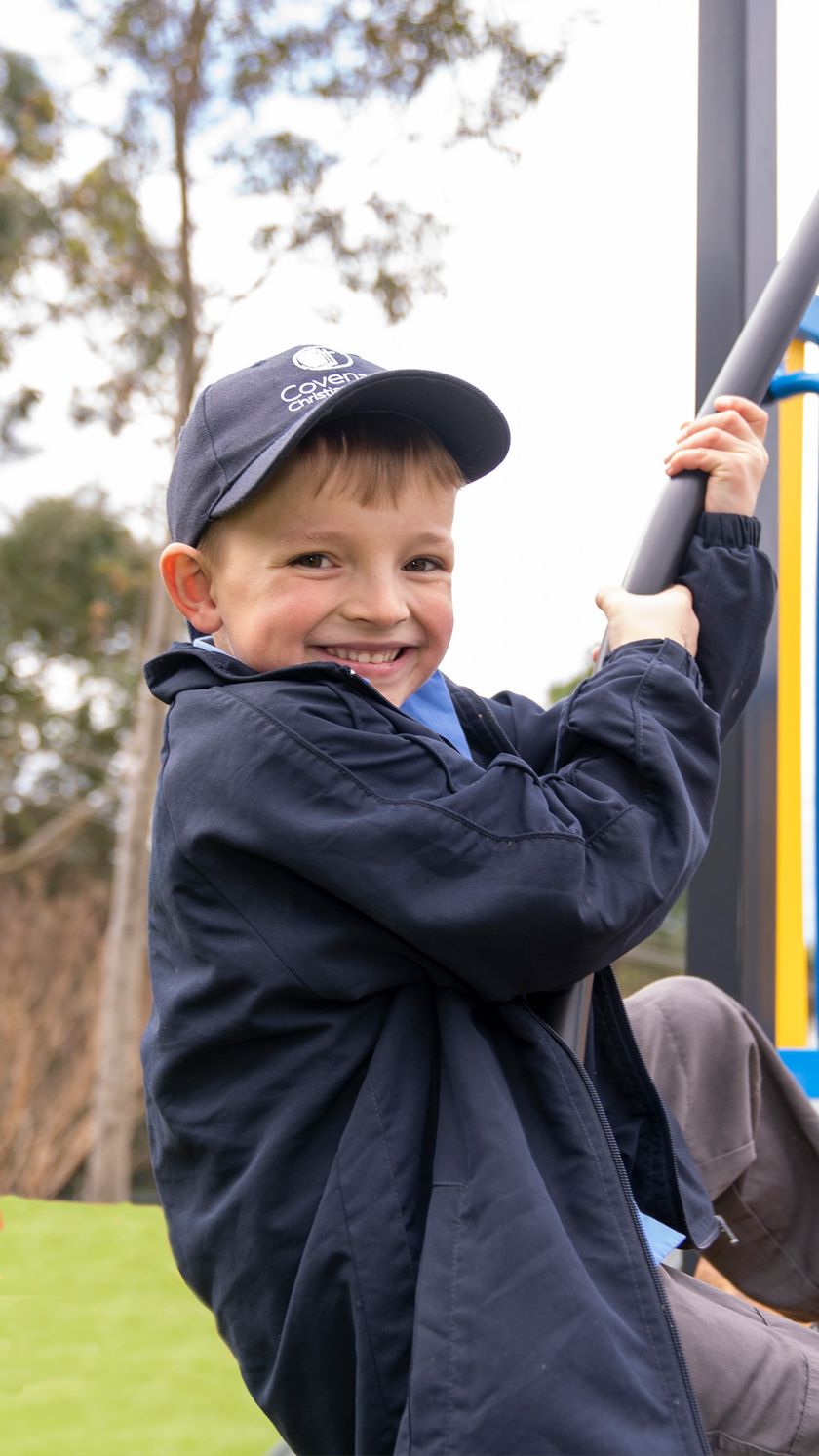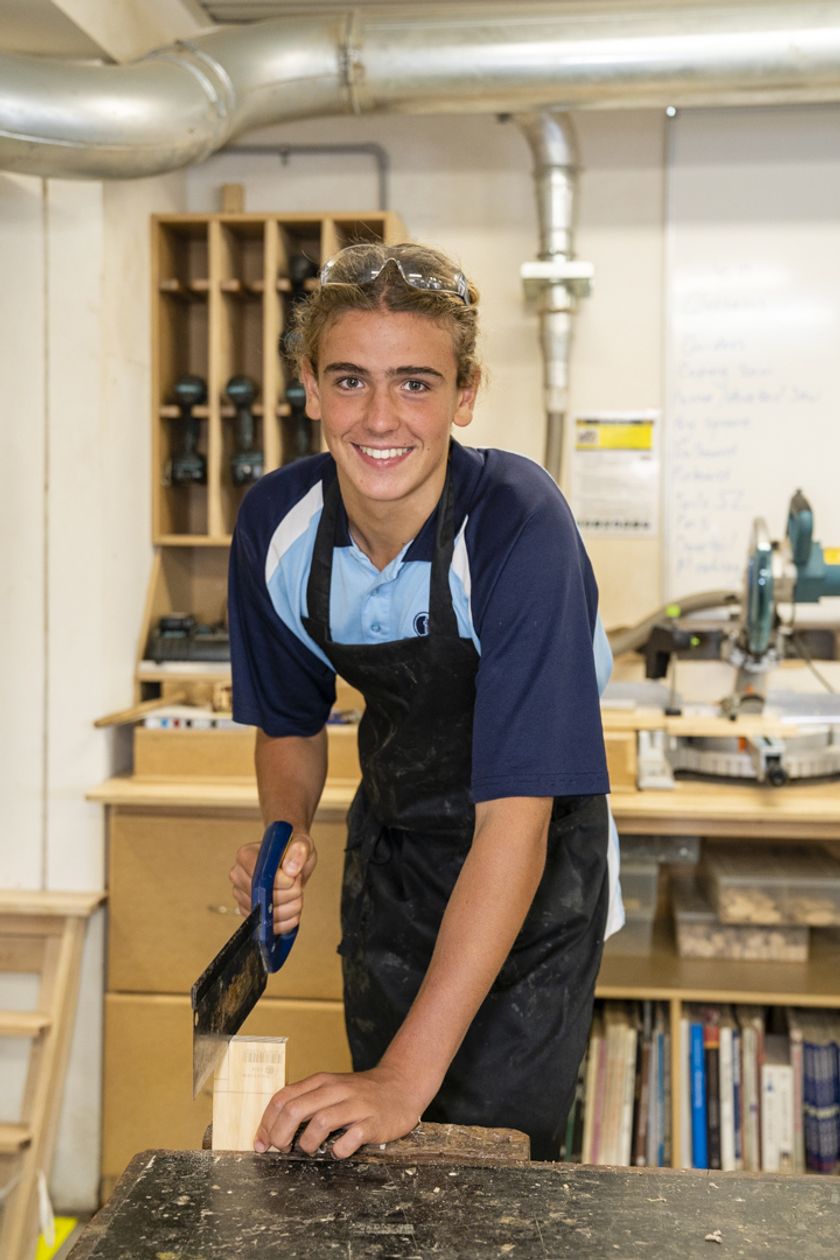






We recognise that success will look different for every student, but our hope is that each one will keep making progress no matter where they are on the learning continuum.Silva Mekerdichian, Director of Teaching and Learning
We all want the best for our students.
We want them to experience success in their learning. We want them to feel valued and supported at all times. And we want them to be extended and challenged in their thinking.
So much of this has to do with setting high expectations.
As teachers, we hold the belief that all students are capable of success. This mindset shapes our interactions with our students and influences the way we teach them. We recognise that success will look different for every student, but our hope is that each one will keep making progress no matter where they are on the learning continuum.
Sometimes, our students will make giant leaps in their learning and at other times, it will be small and steady steps. As teachers, we want to keep supporting students’ confidence and motivation, which in turn will impact their learning and achievement.
Constantly encourage your child to learn new things
Establish clear and consistent expectations for learning at home
Guide and support your child toward meeting expectations
Engage with your child’s teacher to hold consistent expectations at school and at home
As teachers, we aim to do all this (and more!) in our classrooms on a daily basis. Come and partner with us to set high expectations for your children which are consistent at school and at home. This will help steer our students on the positive path toward improving their learning outcomes.
Silva Mekerdichian
Director of Teaching and Learning